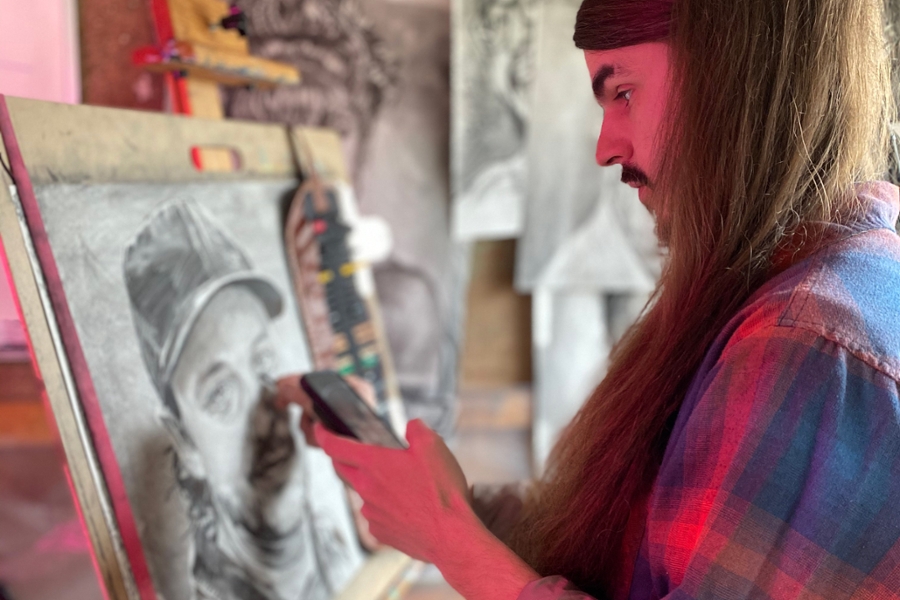Sunday is the 102nd Indianapolis 500 and the end of a career for racer Danica Patrick. Although Patrick became a household name as the most successful female NASCAR driver, IndyCar was where she launched her professional career, and it’s where she’ll end it.
“I just blurted out, ‘What about Indy? Let’s end [my racing career] with the Indy 500,’” Patrick said at a press conference announcing her retirement in November 2017.
She ignited her racing career back in 2005 at an IndyCar race at the Homestead-Miami Speedway. She’d go on to nab seven podiums (top-three finishes) and three poles (starting in first place following qualifying) until her final race as a full-time IndyCar driver in 2011.
Patrick began pivoting from American open-wheel racing to stock-car racing in 2010 in what is now the NASCAR Xfinity Series, and she later debuted in what is now the Monster Energy Series at the 2012 Daytona 500. Coincidentally, this year’s Daytona 500 was also her final NASCAR race before her retirement.
Plenty has been said about Patrick’s legacy, namely whether she’s earned a spot in the NASCAR Hall of Fame. Despite making strides, Patrick never clinched a top five or winning finish in NASCAR. However, as The Guardian’s Andrew Lawrence put it, Patrick deserves credit “for two revolutions: the one Patrick started inside the car and the pit box.”
“She was the anti-Mulan,” Lawrence writes, “the rare sports woman who infiltrates, and thrives, in an exclusively male preserve... No, [her] marketing strategy isn’t for everyone. But Patrick made it pay off to the tune of tens of millions of dollars in endorsements.”
And in series like IndyCar and NASCAR, that money is everything. Sponsorship money keeps racing teams afloat and leads to faster, more reliable cars. Faster cars mean more wins. And more wins mean more sponsors.
Patrick’s lone win was at the 2008 Indy Japan 300 in Montegi, Japan. But it was enough to create shockwaves in the racing world, and elicited this response from one racer in particular:
“It doesn’t take broad shoulders and big muscles, it takes what’s inside your head: desire, concentration, judgment and emotional detachment. I hope this will make it more clear,” Janet Guthrie told USA Today.
Guthrie was the first woman to compete in the Indy 500 the first woman in a NASCAR Winston Cup (now the Monster Energy Cup) and the first woman to race in the Daytona 500.
Before she broke into the racing scene, Guthrie was a seasoned pilot and holds a bachelor’s degree in physics. According to Biography, she was involved in work that later turned into the Apollo Space Program. Had her hopes of being an astronaut worked out, she probably wouldn’t have shifted gears to racing.
She carried her experience as a pilot and engineer with her behind the wheel, and the latter often helped her know what was wrong with her car before her pit crew did.
In the Washington Post, Guthrie wrote that she was well aware of the obstacles as a female racer.
“The blowback was astonishing,” she wrote. “Established drivers complained loudly, publicly and at length. ‘Indy racing is too demanding physically for women,’ said Billy Vukovich, who had finished second at Indianapolis three years earlier. ‘After 40 laps, Guthrie won’t be able to steer a car.’ (Vukovich had never even seen me drive.)”
“On the track, I had to prove myself to the fans and other drivers. Off the track, I had to prove myself to my team.”
Lyn St. James knew this firsthand as well, and she’s still working to amend it years after retiring from racing.
St. James had five career IndyCar starts, and she became the first woman to win the Indianapolis 500 Rookie of the Year award.
In 1994, St. James established the Women in the Winner’s Circle Foundation, a nonprofit with goals of assisting young women in racing through training programs.
The foundation merged with Billie Jean King’s Women’s Sports Foundation in 2013 and launched the Project Podium Grant, awarded to young women drivers to help with fundraising efforts.
Patrick, Guthrie and St. James aren’t the only women to take part in “The Greatest Spectacle in Racing,” and Patrick isn’t the only woman racing IndyCar today. British racer Pippa Mann has been the talk of fans for some time, but some car trouble kept her out of the starting grid this year.
But these women are laying the groundwork for even more to come through Speedway for a chance at kissing the bricks.
As St. James told USA Today, “For most team owners, if they’ve got five drivers standing helmet in hand and one of those is female, I can guarantee that 99.9 percent of those owners are not going to pick the woman. Maybe they’ll now at least think about it a little more and say, ‘Wait a minute, this could be the best decision they could make.’”
(Header images (clockwise from left) via Shutterstock, JanetGuthrie.com, LynStJames.com)




